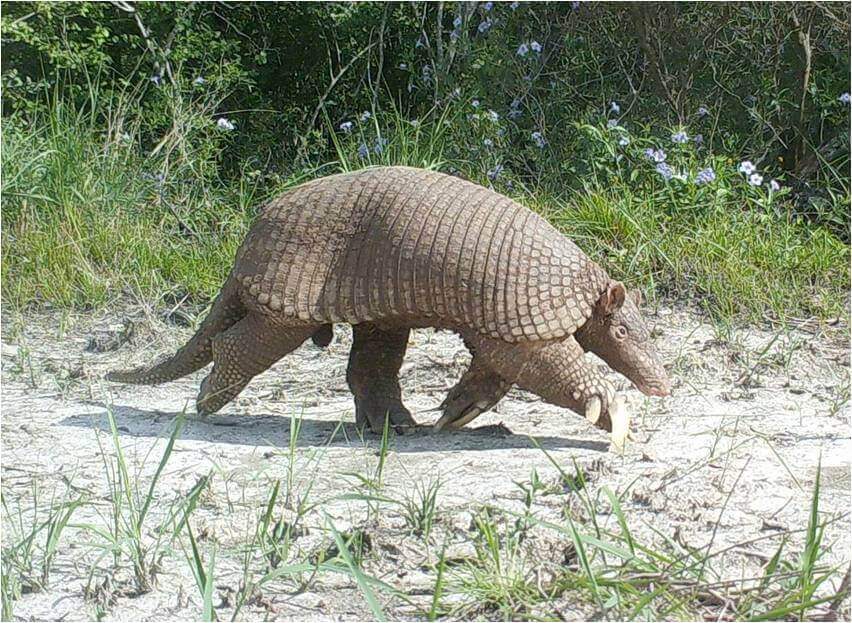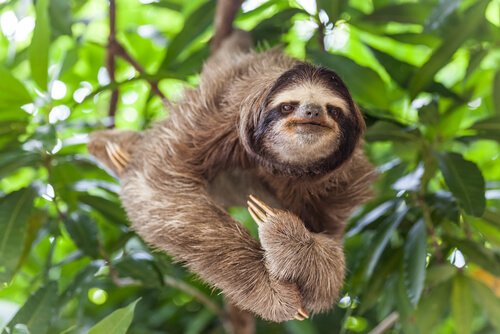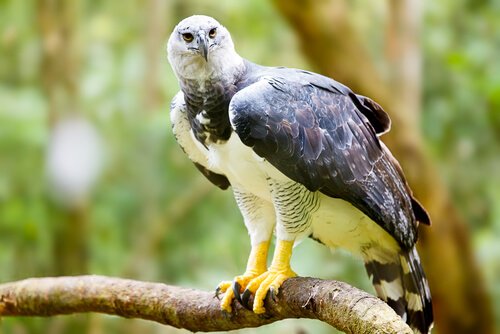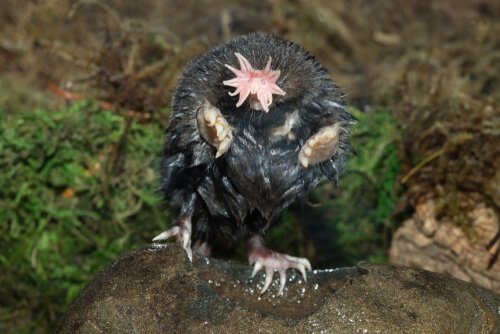Animals with the largest claws
The claws are a fundamental part of the body of animals, and is that they play key roles in their defense, feeding and survival. While several species have powerful and sharp nails or barbs, some stand out for showing the largest claws in nature.
The largest claws in the world are extinct
The advance of science and fossil research have allowed to recognize that the largest nails in history belonged to a dinosaur. In this case, we refer to the species Therizinosaurus -in the image that heads this article - which is nicknamed 'scythe lizard'.
indicate the analysis of their fossils, the claws of the Therizinosaurus could reach up to one meter long. Being so long, their 'nails' hung from their front legs.
This peculiar species already inhabited our planet during the last phase of the Cretaceous period. That is, I lived about 75 million years ago in the region where Central Asia is now .
Probably, we imagined that the Therizinosaurus was a powerful hunter thanks to its powerful claws. But that could not be further from reality ... Researchers at the University of Portmouth (United Kingdom) suggest that, very likely, it was an herbivorous species.
So, what was the use of such nails? Well, mainly to defend against possible predators and subject yourself to the typical vegetation of its habitat, so that you can feed yourself calmly.
So, was it the T herizinosaurus the animal with the longest claws?
Everything would indicate yes, but the answer is that it depends on the point of view. If we consider only the length of the nails, there is no other animal that can be compared to this prehistoric specimen: the Therizinosaurus .
But if we consider the relationship between the length of the nails and the size of the body of the animal, we can not affirm the same. Unfortunately, it has not yet been possible to completely reconstitute the skeleton of a Therizinosaurus . Therefore, it is impossible to establish a comparison between the dimensions of its claws and its bones.
Next, we will mention the animals with this characteristic from a comparative point of view > That is, the ratio between the size of your nails and the total length of your body is considered.
The 5 animals with the tallest claws proportionally
If we consider the proportion between their long 'nails' and the size of the animal, these would be the most interesting animals:
-
Giant Armadillo
The giant armadillo has the greatest relationship between its body and its claws throughout the animal kingdom. The total body length of this species is between 90 and 100 centimeters; its claws can measure about 20 centimeters.

Proportionally, the claws of the giant armadillo equal 22% of its body. These long nails are mainly used to dig and search for food. But in case you feel threatened, the armadillo can also use them to defend itself.
-
Lazy Bear
Lazy bears are also among the animals with larger claws compared to their body.Proportionally, your nails represent 17% of your body.

Two-toed sloths can reach about 70 centimeters, while their claws also reach 10 centimeters in length. In other words, their nails represent 14% of their total body length.
In addition to helping them climb the tall trees of their habitat, these large and thick claws are great defense tools. Because sloths do not have sharp teeth and are not very fast, they are key to driving off predators.
-
American Major Harpy
The American greater harpy is the bird with the largest claws from the proportional point of view. This beautiful bird lives not only in the United States, but extends throughout Central America and part of South America. Its claws measure about 10 centimeters and represent about 7% of its body length.

-
Star nose mole
The so-called nose moles star are excavating mammals whose main feature is the appendix of its snout with a star-like format. This species has the longest claws among all members of its family; This length means about 6.5% of your total body.



